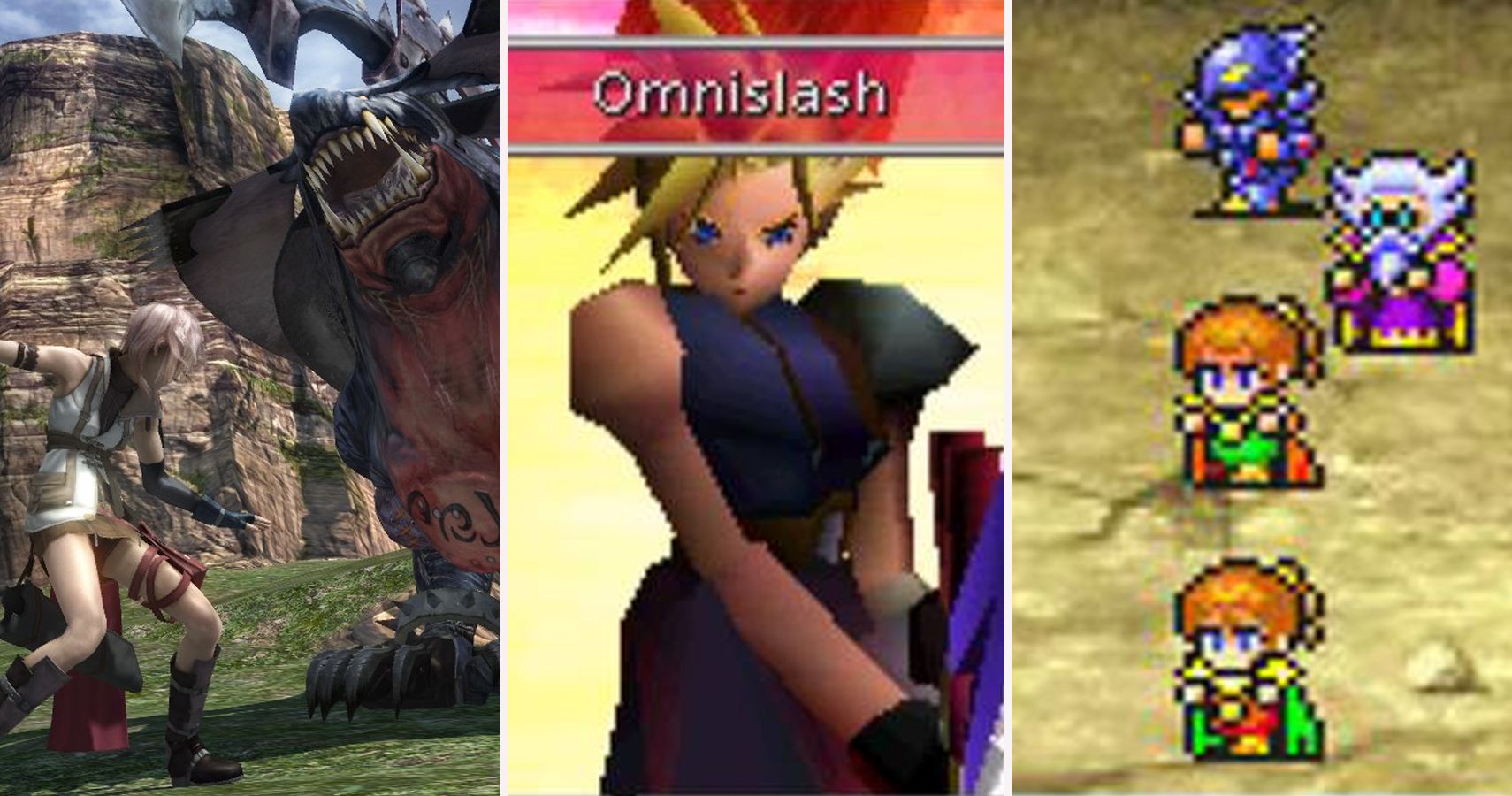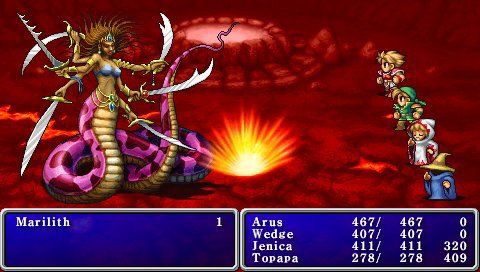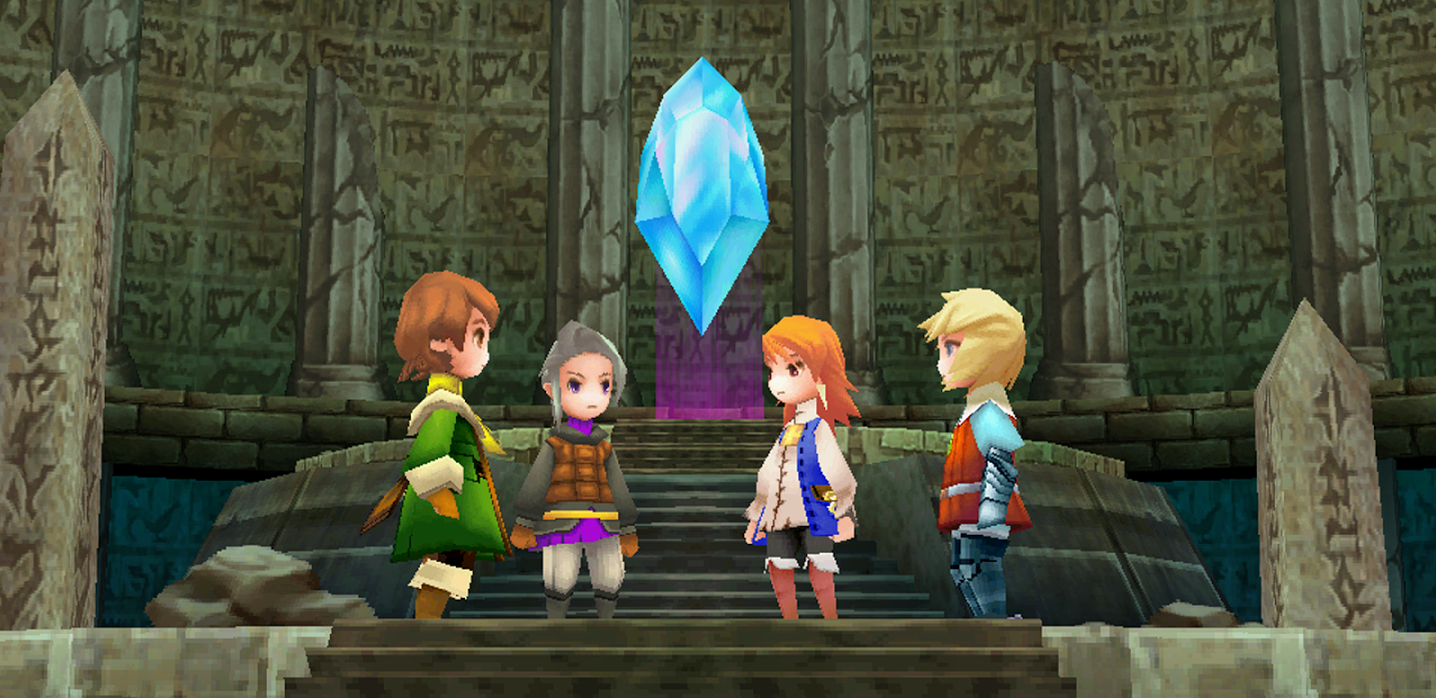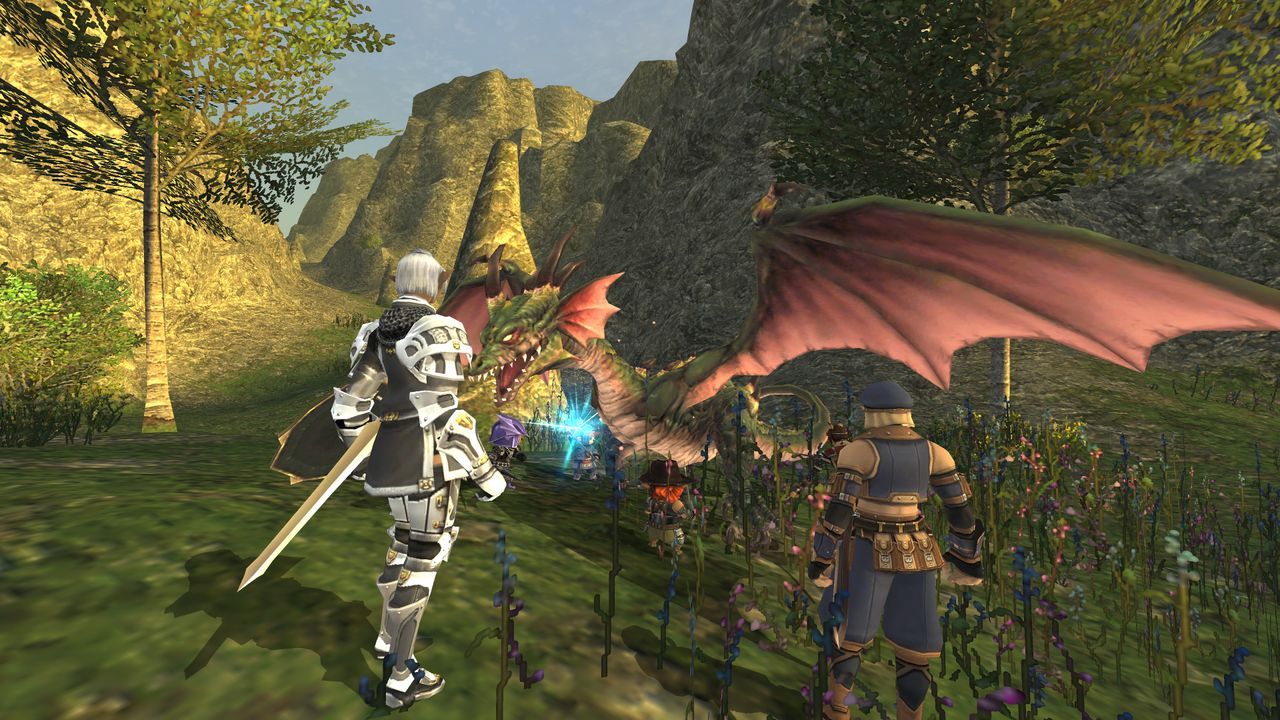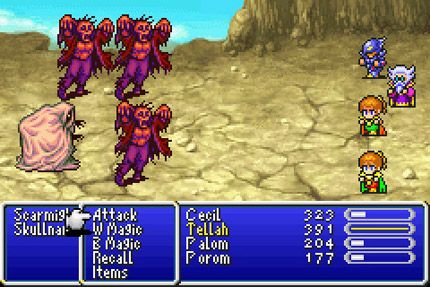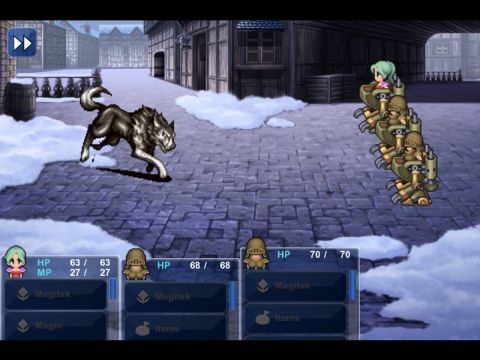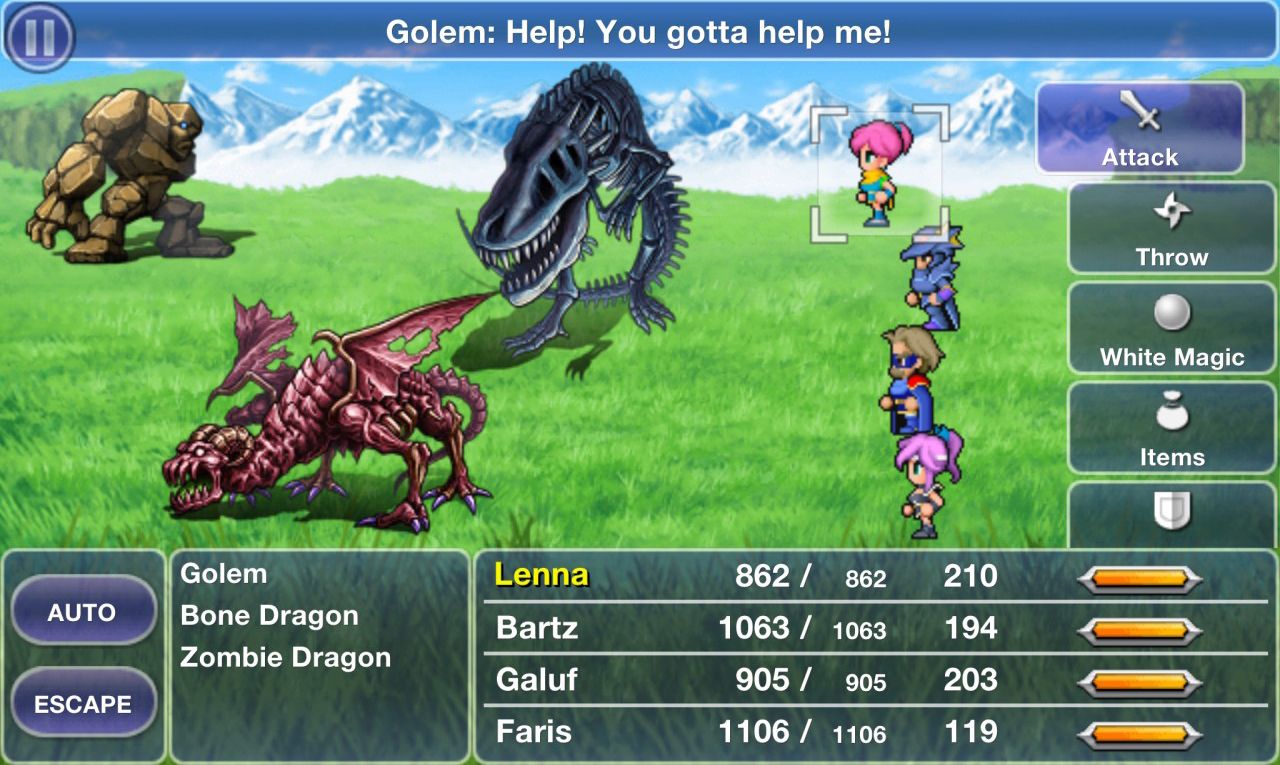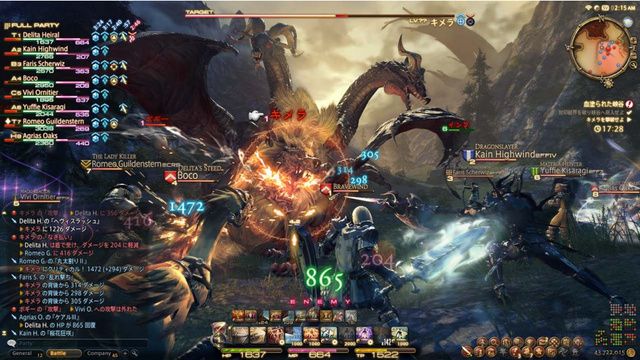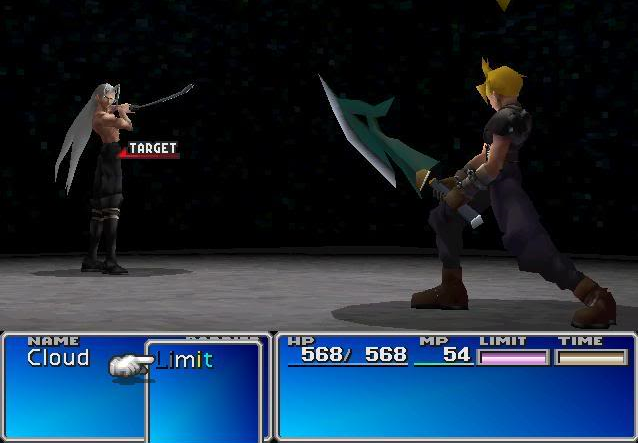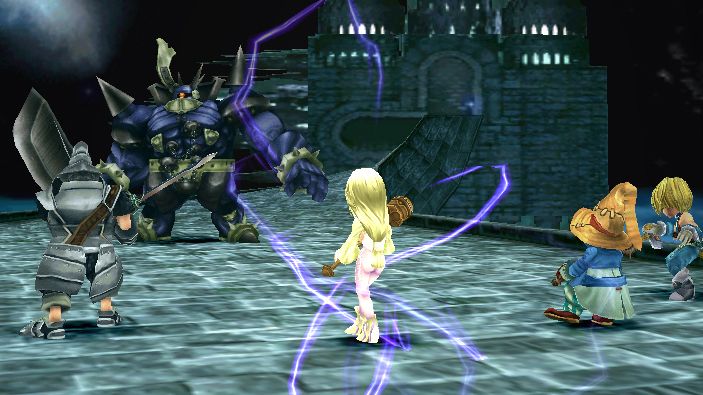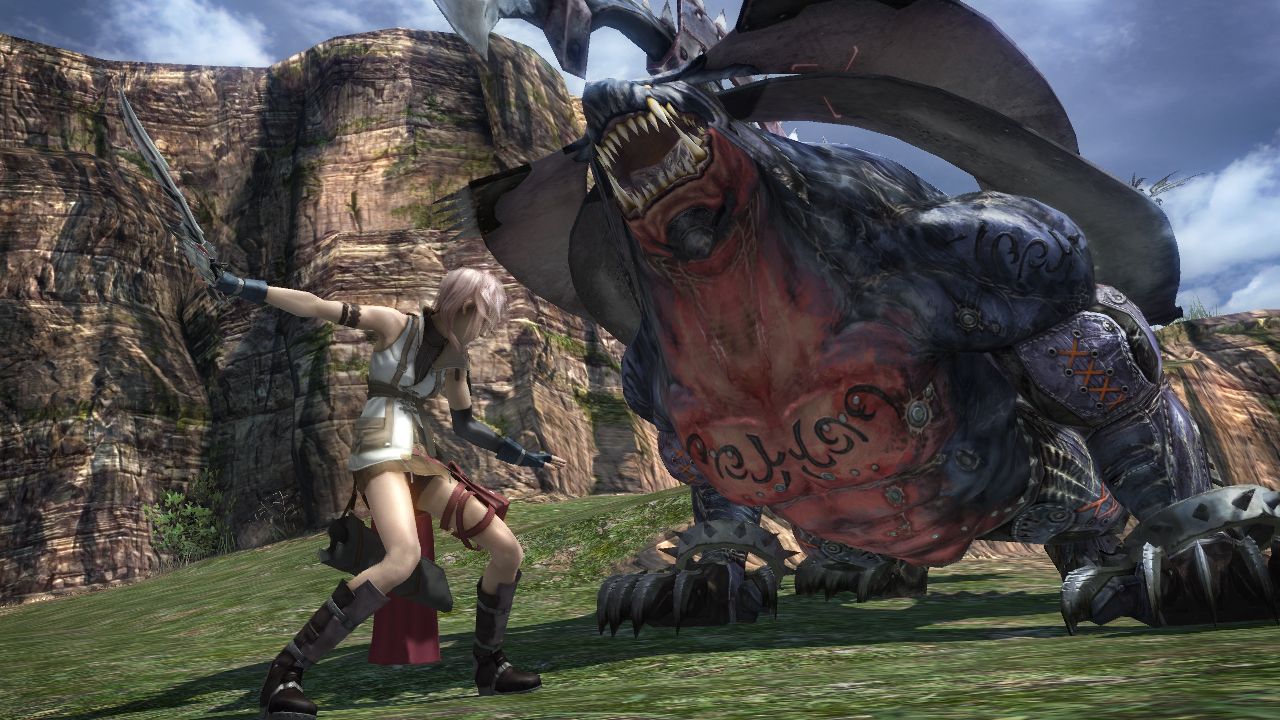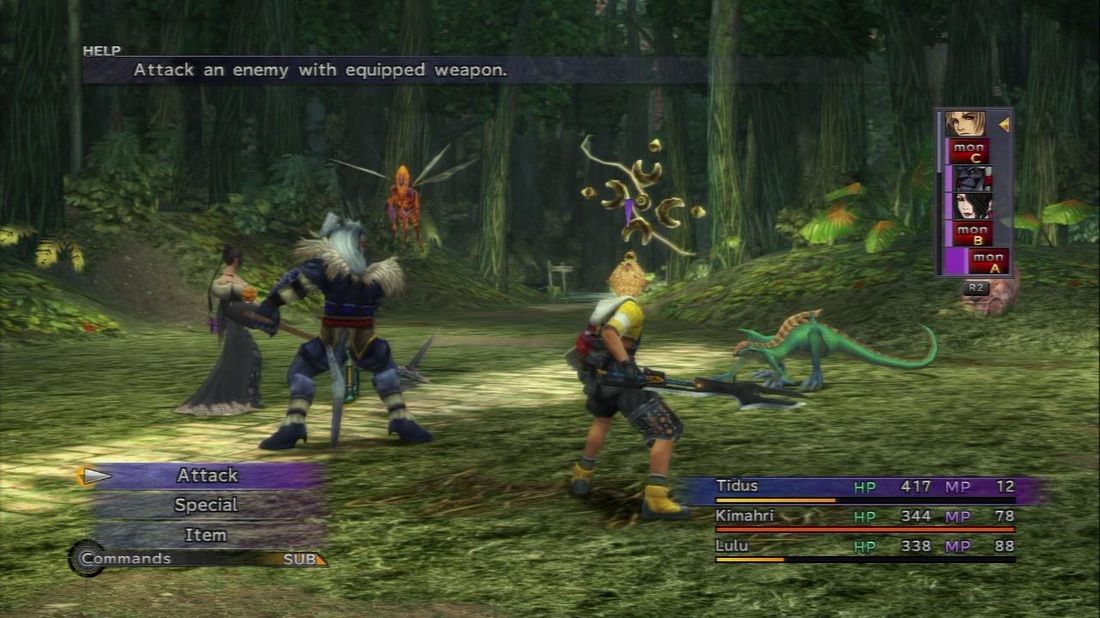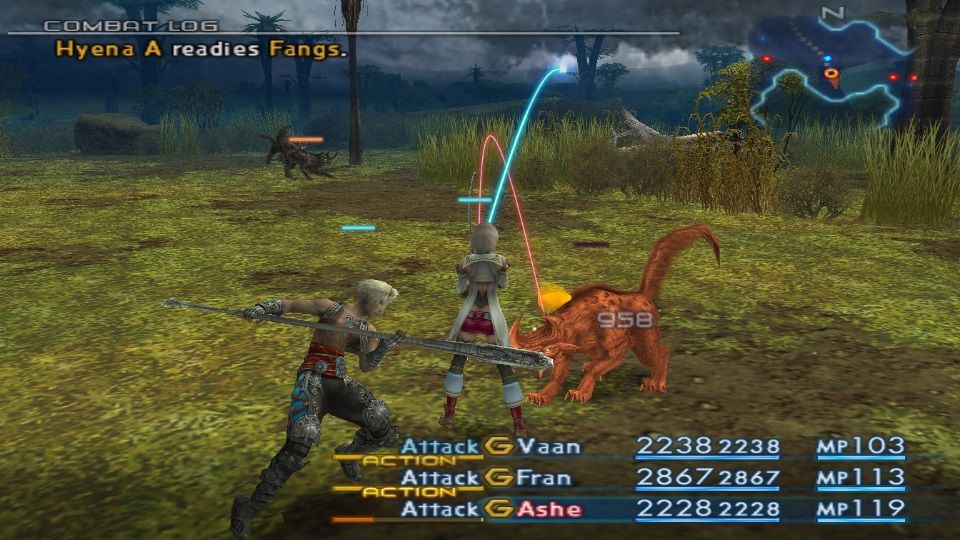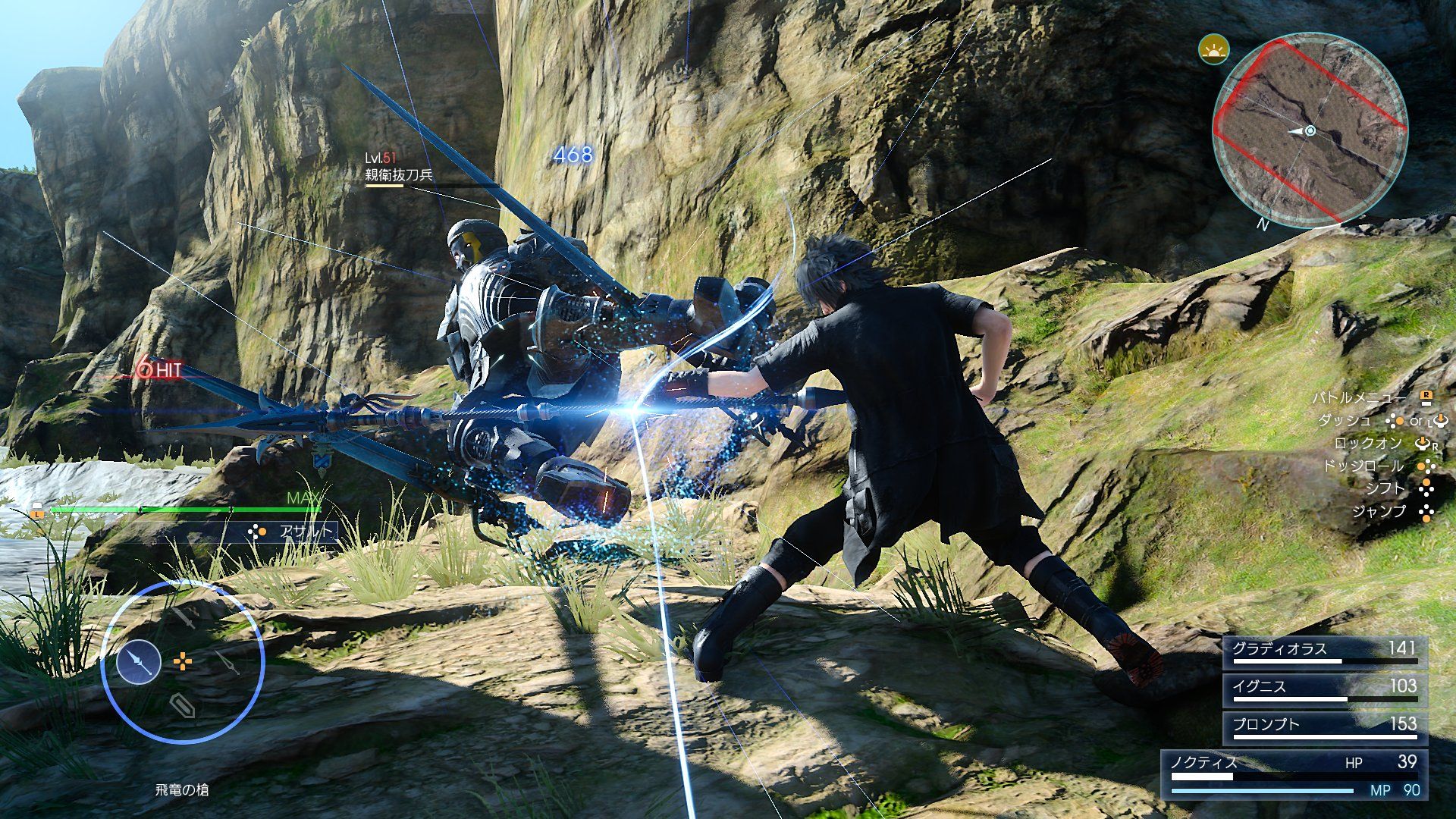It’s almost hard to believe that the Final Fantasy series made its debut 30 years ago, and the series is still as relevant now as it always was. Sure, there’s been a few bumps in the road, but no can deny that it’s still the most iconic Japanese Role-Playing series of all time. No matter how much fans loved or hated the last installment, they will always take notice when a new release is on the horizon. Compiling this list isn’t easy. One of the biggest reasons why Final Fantasy has the staying power it does is because of the developer's willingness to take chances with each and every title.
Over the years, changes to the themes, mechanics, and other systems have often been the subject of debate among fans. One doesn’t have to look hard to see that fan opinion is just as diverse as the series itself. Gamers often argue which Final Fantasy has the best story, characters, soundtrack, worlds, and the battle systems. It’s understandable somewhat, that not every gamer will appreciate change, but sometimes a bit of experimentation can go a long way in getting closer to the developers (and fans) final vision. This is perhaps more relevant to the battle systems than anything else, so here is a list of where we rank the worst to the best battle systems in the Final Fantasy series.
15 Final Fantasy II
Final Fantasy II may have been the second game in the series, but it introduced many of the elements that have become synonymous with the series. The first of a long line of 'Cids' was introduced here, as well the series' beloved Chocobo. Final Fantasy II’s story was also much more distinct than the first game, and the Star Wars-like themes of evil empires, rebel princesses, and dark knights that resembled a medieval Darth Vader were a leap forward from the previous game.
However, the experimental battle system wasn’t so well received. The characters developed through a very broken stat building system. The new system required characters to “attack” if they wanted to build strength, while “hit” points were gained when the characters got hit a lot. Meaning the game could be exploited by attacking your own party members in battle – thankfully, the developers put this down to a failed experiment and was never seen again.
14 Final Fantasy
If nothing else the very first Final Fantasy game is a reminder that the visual treat for the eyes that the series is today came from humble beginnings. The game has a seen a few remasters on the PlayStation (and the PSP), and looks nicer as a result. Still, for better or worse, the core gameplay remains intact. This means that not only is the game extremely difficult, but the unbalanced magic system is still there too, thus rendering the games Mages completely useless and underpowered as you expect to fight some of the stronger monsters and enemies in the later stages. That being said, the original Final Fantasy holds a special place in our hearts for debuting the masterful series.
13 Final Fantasy III
Final Fantasy III was originally not released in North America, instead we got Final Fantasy VI under the label "III." The battle system largely resembled the retro battle system you would expect from an original NES game. It still features a turn-based battle system. However, the major return to form for Final Fantasy III is the game ditching Final Fantasy II's atrocious leveling up system. Eventually, the game did get an overhaul (and was released in North America) for the DS. This version saw some rudementary touch controls, and adorable poligonal characters added — still, it was a long way from perfecting the series' battle mechanics.
12 Final Fantasy XI
Final Fantasy XI was the first time the franchise dabbled in building an MMORPG. Although it scored well with the critics, some fans weren’t happy about the subscription fees and that it took the place of a mainline single player RPG experience. Despite this, Final Fantasy XI was quite a welcoming MMORPG in comparison to other popular titles in the genre and it received a lot of support in the way of expansions and updates.
Unfortunately, the battle systems —and the way your characters level up— proved to be very time consuming, cumbersome, and required a heavy amount of grinding to access different parts of the game. Early stages in the game require you to battle monsters solo in order to level up but to truly progress your character really needs to a part of a full team. In addition, losing a battle can actually cost you your hard earned EXP.
11 Final Fantasy IV
Final Fantasy IV is considered to be the first in the series to have a truly great narrative and a strong cast of memorable characters that took the series to new heights. Not only was Final Fantasy IV a step up, but it featured real character arcs, and it was the first to introduce the Active Time Battle (ATB) system, thus adding an element of excitement and quick thinking to the tried and tested formula of turn based battles.
It should be noted that the ATB system was very much in its infancy, and as a result, the battle system didn’t quite pan out like it should. Casting magic took too long in time sensitive battles, and it dealt very little damage, forcing players to use the quicker (and stronger) physical attacks. However, even with the clear teething problems, the Active Time Battle system was to become the standard for another five games.
10 Final Fantasy VI
When it comes to debates about which game is the best Final Fantasy of all time you can rest assured that Final Fantasy VI will forever sit at the top of many a gamers' pile as the pinnacle of the series in terms of its narrative and easily accessible turn based battle system. Although it lacked the complexity of Final Fantasy V’s job system, each character was unique, and could be customized to your liking through the use of special accessories. The use of Magicite also allowed the characters to gain powerful techniques and boosts.
However, by the time the characters got to the end of the World of Ruin in the game’s second act, your team was so powerful that they destroyed everything in sight. Some gamers will love the idea of having teams of god-like characters to cheese through all of the games toughest monsters, but those looking for a challenge may find themselves frustrated here.
9 Final Fantasy V
Squaresoft was well on their way to perfecting an interesting narrative with Final Fantasy IV, but for Final Fantasy V they instead decided to focus on the gameplay system. This meant that the characters were essentially blank slates ready to crafted into whatever you wanted them to be. The level of depth and complexity offered by Final Fantasy V’s job system wasn’t loved by all, but the series wouldn’t see this kind of flexibility in its mainline single player experience again until Final Fantasy XII.
Final Fantasy V’s biggest downside was it did require a substantial amount of strategy which some gamers may find unwelcoming, and for its job system to truly open up the game required hours upon hours of grinding and leveling up.
8 Final Fantasy XIV
Final Fantasy XIV: A Realm Reborn marked the second time for the series to enter the realms of massively multiplayer online role-playing games. Although A Realm Reborn is a massive success, the original version of Final Fantasy XIV was a disaster for Square Enix resulting a revamped development team and the release of this new and improved “version 2.0” and its expansions such as Heavensward and Stormblood – all of which have been well received by fans and critics alike.
The battle system implemented the Job and Class system (as seen in some of the classic titles as well its predecessor Final Fantasy XI). However, just like its predecessor, the game is completely unwelcoming for players who like to tackle MMO’s as a solo warrior. All the major battles require teamwork and strategy to prevail, and only a well-balanced team will have access to certain abilities like Limit Breaks.
7 Final Fantasy VIII
Final Fantasy VIII took the visuals and established conventions that Final Fantasy VII brought to the PlayStation even further in this installment. The story was more driven by love, loss, and the coming of age drama that focused on Squall and friends. The character designs were a huge step up from Final Fantasy VII both in-game and in the FMVs.
The game’s battle system played out similarly to the already established Active Time Battle system in previous titles, but with the new edition of the Junction system. The Junction system required your characters to drain spells from enemies and store them later. It’s a great idea in theory but in practice, the characters can become overly powerful very early on effectively writing off any chance of a challenge for the remainder of the game.
6 Final Fantasy VII
For many gaming fans in the late 1990s Final Fantasy VII was the game that not only introduced them to role-playing games on consoles, but proved that gaming was a medium capable of telling a rich story with complex characters that you actually cared about. It was also the game responsible for opening the floodgates to the influx of Japanese RPGs being released in the West creating what many fans feel was a vintage era for console RPGs.
It was also the first time a lot of gamers experienced the level of depth and strategy that a turn based battle system provided. However, depending on your perspective the Materia system —which allowed characters to equip spell and abilities— was either brilliantly experimental or laughably exploitative. It effectively allowed you to create near invincible characters. For the less patient gamer, Summons and spells were quite lengthy made more noticeable by the fact they’re unskippable.
5 Final Fantasy IX
After the ‘modern sci-fi fantasy’ and cyberpunk settings used in the previous two PlayStation outings Final Fantasy IX was a true love letter to medieval settings seen in the previous titles. The visuals were absolutely stunning, and its imaginative artistic design still looks holds up well today. It was both a return to tradition and the most accessible version of the Active Time Battle system seen in the original PlayStation generation.
Final Fantasy IX did away with unnecessary complications like Junctioning and fiddling about with the Materia systems until you got your desired effect. Instead, characters could learn skills from their equipment. The only drawback was whenever you attained any new equipment and weapons you’re stuck with the dilemma of waiting until you’ve learned the new skills or using more powerful weapons.
4 Final Fantasy XIII
Final Fantasy XIII was the only mainline entry on the PlayStation 3 that wasn’t a remaster or a port. It’s also one of the most divisive entries in the mainline series, with Japanese gaming critics Famitsu magazine scoring it a massive 39/40 and it scored reasonably well with most Western critics too. Unfortunately, fan reaction to the game wasn’t as warm mainly because it took a little over 20 hours for the game to truly open up.
Despite the divided opinion, the one aspect of FFXIII that was really was executed well was the battle system. The game uses a modified version of the ATB known as the Command Synergy Battle system. The CSB is faster and more tactical than FFX/X-2 and almost as seamless as FFXII and FFXV. However, unlike other games in the series that used a turn based system you can only control one character with the need to rely on the A.I controlling your characters.
3 Final Fantasy X
Like Final Fantasy VII before it, Final Fantasy X was a true generational leap for the series that help change the direction of the series forever. The character animations, art style, and the cutscenes looked better than ever before and for the first time gave the characters a voice. The incredible and unique design proved that it still stands the test of time in the remastered version of the game released for PlayStation 3 and PlayStation 4.
Even without the ATB, the importance of speed was still very much at the forefront of the battle system in Final Fantasy X. Commands could be executed without the pressure of time but rather, how fast the characters are, the kinds of spells that have been cast and other general conditions. The game forced the player to plan ahead think strategically based on the timing of character’s turn, making decision making and careful planning more important than speed.
2 Final Fantasy XII
Final Fantasy XII was released toward the end of the PlayStation 2’s life cycle and was unfortunately released within a month or so of the PlayStation 3’s launch window in both the US and in Europe. The Gambit system was also quite a departure for the series, and as a result, many fans weren’t quite ready for such a huge change in direction.
The fact that the battle system was the most obvious point of contention was perhaps a bit misdirected. Fans of Knights of The Old Republic should feel quite at home, the combatants move around and attack in real-time but their abilities work on a cooldown timer. You can even adjust your characters settings mid-battle to adapt to different situations. It’s an incredible battle system and we explore more of Final Fantasy XII’s specifics here.
1 Final Fantasy XV
After a full generation being taken up by the controversial Final Fantasy XIII trilogy, Final Fantasy XV was (thankfully) a success, managing to exceed a lot of expectations with its massive open-world and a brilliant combat system. The battle system, in particular, was easy to pick up for just about anyone, but at the same time could be customized to just about anyone’s play style. Although the combat was fought in real-time, those who appreciated the strategic route had the option developing the ‘Wait’ mode giving players the option to mix and new play modes.
In addition to the endless options available to suit virtually all gaming styles, fans finally have a battle system that resembles the fight scenes seen in Advent Children. Upon first impressions —like FFXII before it— Final Fantasy XV is a big step away from the norm, yet there's still something fundamentally familiar in the game's mechanics to the rest of the series.

